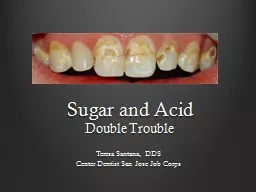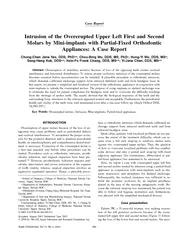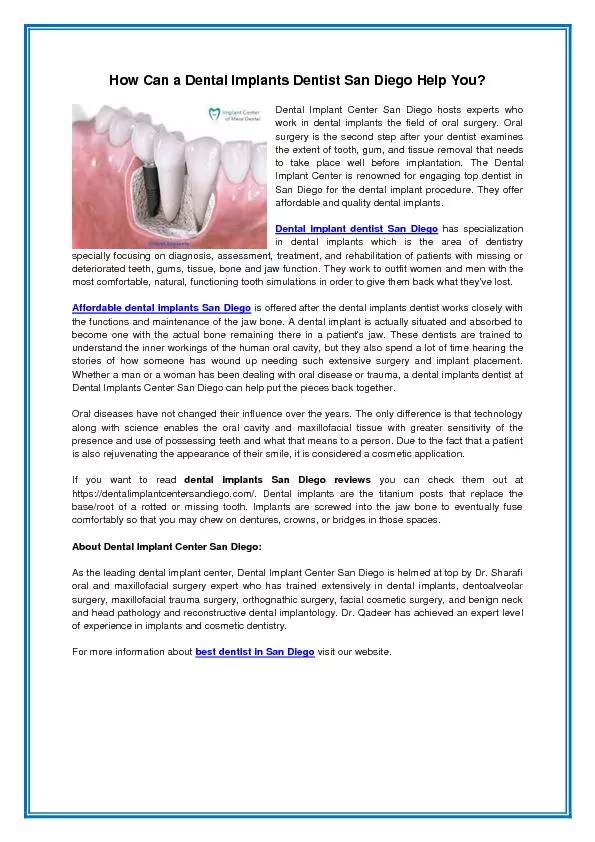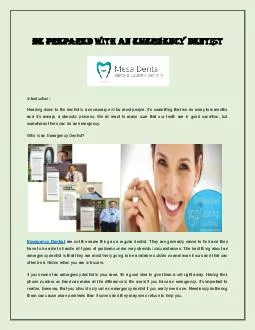PPT-Teresa Santana, DDS Center Dentist San Jose Job Corps
Author : alida-meadow | Published Date : 2018-11-08
Sugar and Acid Double Trouble Trendy drinks are causing a generation of young people to experience decay and loss of tooth enamel unprecedented in modern times
Presentation Embed Code
Download Presentation
Download Presentation The PPT/PDF document "Teresa Santana, DDS Center Dentist San J..." is the property of its rightful owner. Permission is granted to download and print the materials on this website for personal, non-commercial use only, and to display it on your personal computer provided you do not modify the materials and that you retain all copyright notices contained in the materials. By downloading content from our website, you accept the terms of this agreement.
Teresa Santana, DDS Center Dentist San Jose Job Corps: Transcript
Download Rules Of Document
"Teresa Santana, DDS Center Dentist San Jose Job Corps"The content belongs to its owner. You may download and print it for personal use, without modification, and keep all copyright notices. By downloading, you agree to these terms.
Related Documents














